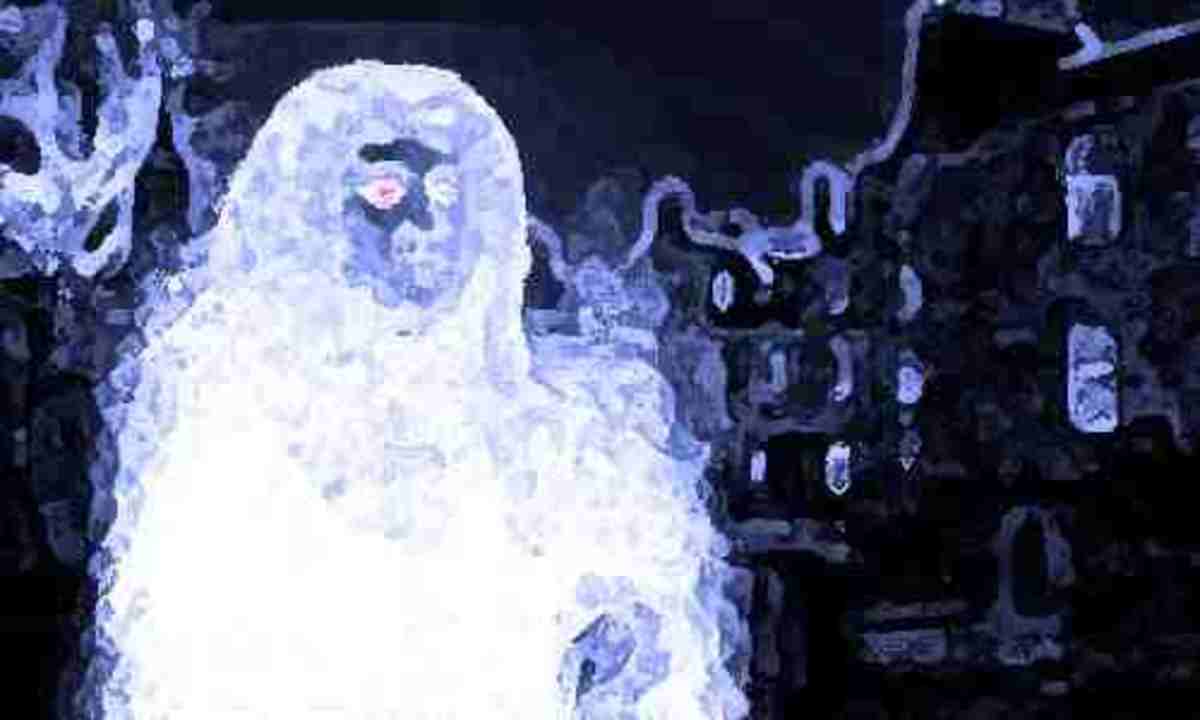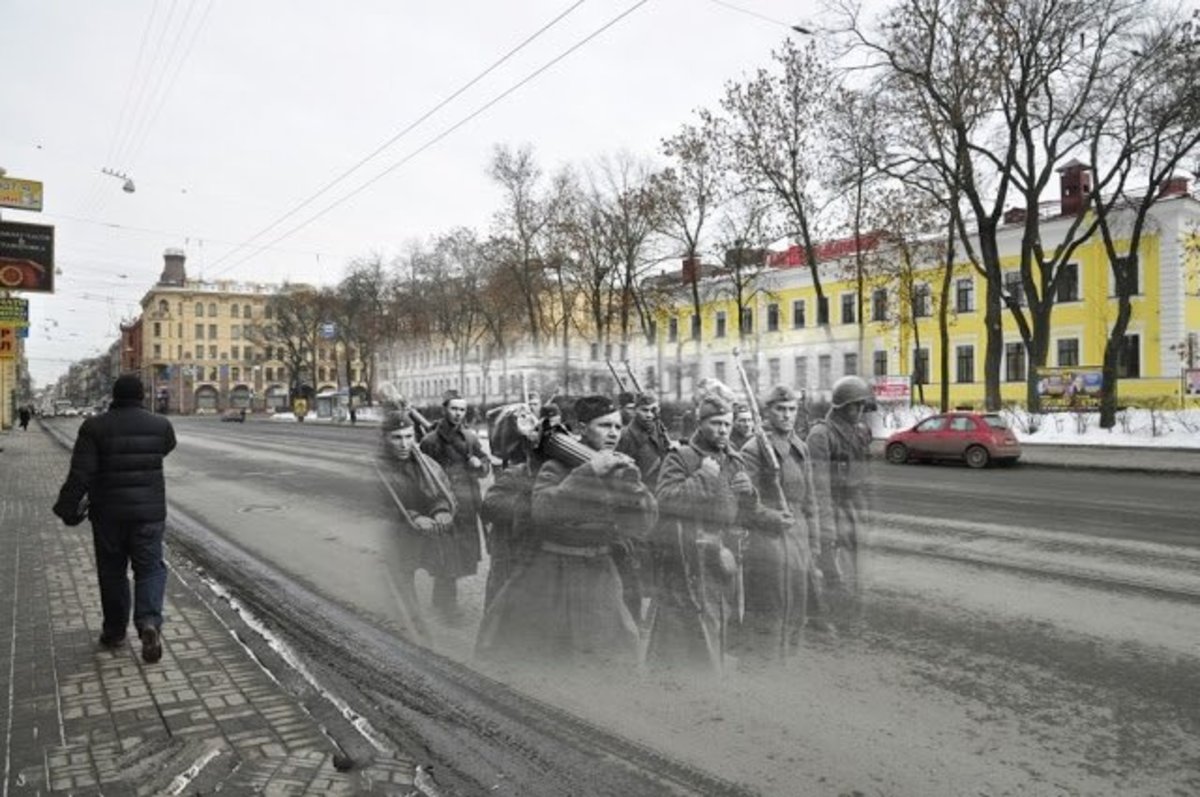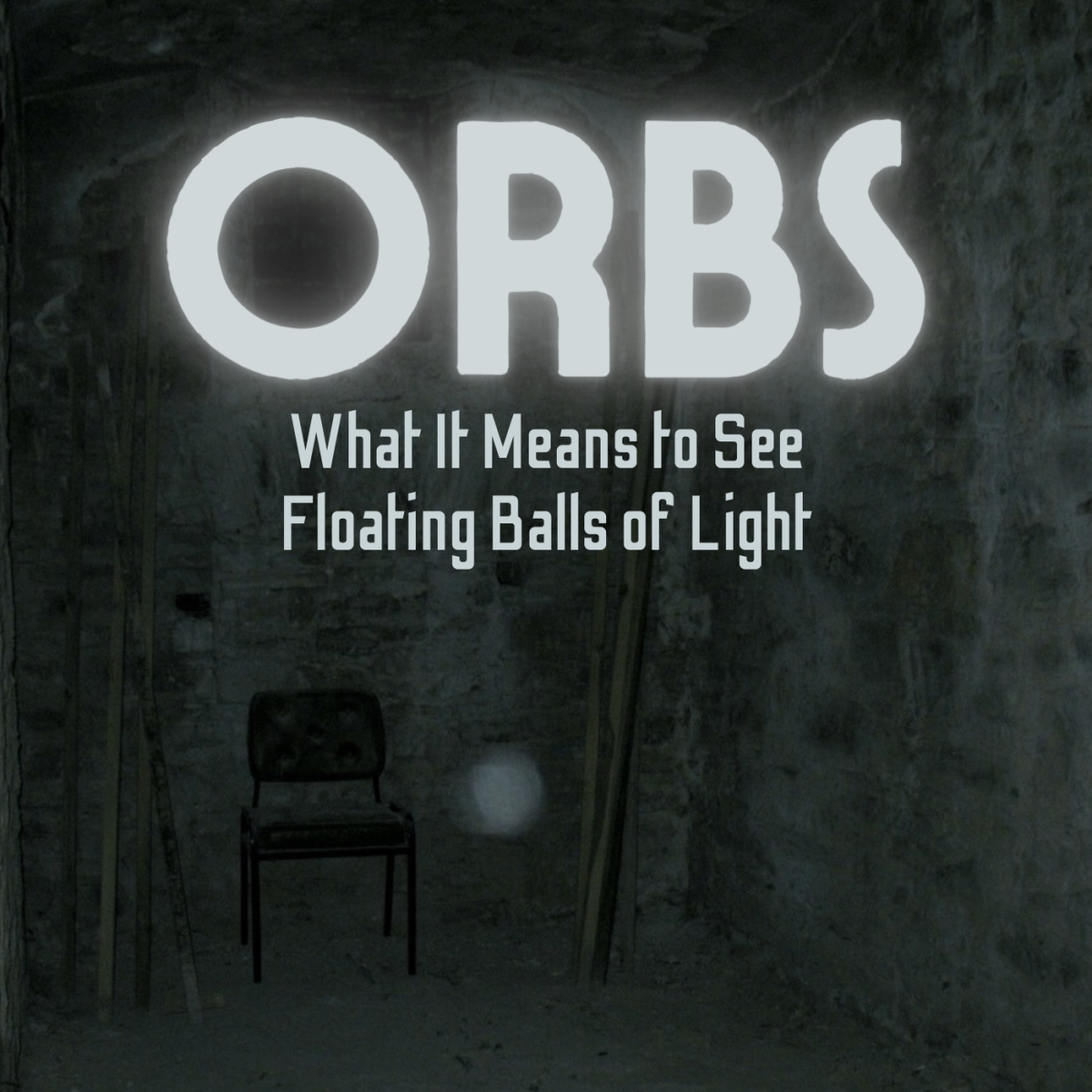Ghosts, Category II, Poltergeists, Part-1
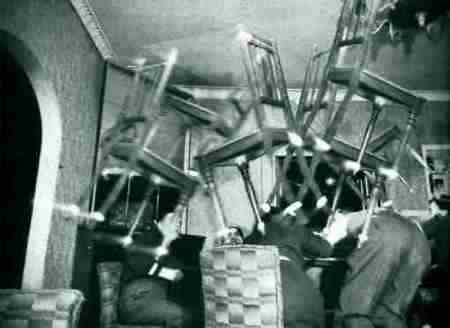
Poltergeist activity constitutes noisy displacement of objects through space in which some physical harm is rendered to the object or the owner. It is also characteristically called the doings of a noisy spirit. The word ‘poltergeist’ has a German origin and means a noisy ghost. The poltergeist activities have some typical characteristics such as foul odours, showers of stones, displacement of objects, loud noises, fires which are triggered due to unseen reasons etc.
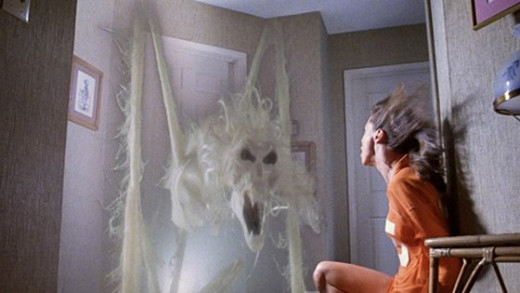
In September 1612, a very disturbing incident happened with the Perrault family in Burgundy, France when they were annoyed by a foul mannered poltergeist. This poltergeist used to make loud noises and the kitchen and pantry used to be full of broken utensils, thrown violently around. Francois Perrault reported this incident to the Church elders and to a friend of his, who saw these activities with their own eyes. This poltergeist talked to people revealing their secrets loudly which only they knew. It also rained the house with stones which caused some, though not much damage to the house. This rain of stones sometimes continued heavily for more than twenty four hours. The whole phenomenon abruptly stopped after three months and the family heaved a sigh of relief.

The reasons for these activities were never found. The only explanation that seemed right was that the house had been invaded by a mischievous poltergeist. Though people tried to give other explanations, yet none of them sounded right. For example, some people believed that the maid servant of Madame Perrault was a witch. It was thought that it was not possible that this woman could have fooled so many distinguished and intellectual people for three months who were present when the poltergeist’s activities continued. Many such happenings have been explained as hallucinations; creations of the subconscious and hoaxes, but all of them cannot be explained on these bases.
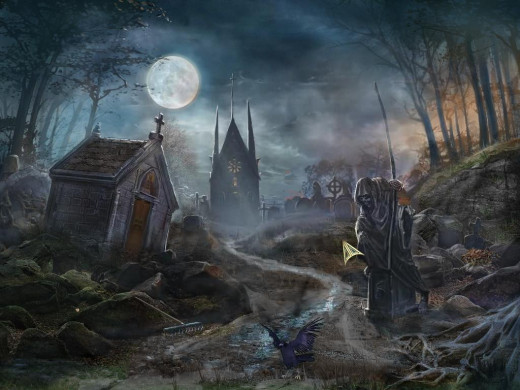
Some incidents have so many witnesses which contain respectable people also. These have no explanations and it becomes necessary to mark them as results of paranormal activity.
The poltergeists have an image of being nasty and very ill mannered. They spoil the peace of the people and are considered as harbingers of misfortune. One such poltergeist activity happened in the rule of King Charles II in 1661, in Hampshire, England. A drummer named William Drury of South Tidworth was arrested in March 1661 on the orders of a magistrate named John Mompesson. The drum of this musician was taken into custody on the basis of the allegation that he had a pact with demons and used to spoil the peace of the public. But after a trial, William was proved ‘not guilty’ and was thus released, though his drum was not given back to him and was kept in the custody of the magistrate in his house.
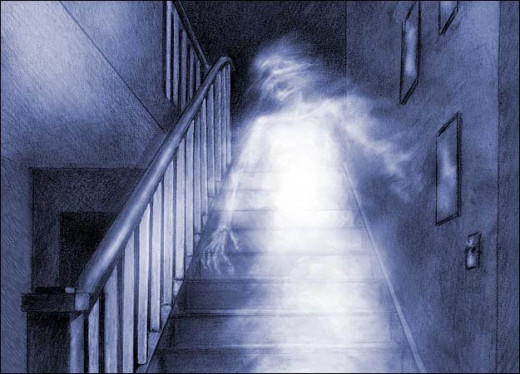
Do you have a Poltergeist related case to share?
This proved to be a big mistake. The day the drum was brought into the magistrate’s house, loud thumping sounds started coming from the roof. After a few days these sounds changed their location and started coming from the room where the drum was kept. Objects like the table cloth and bed sheets started flying through the air. The hair, of the occupants, were pulled and they were beaten. Other sounds involved sounds like those of short desperate breaths like those of gasping for air, coming from under the furniture. It was later found that a person (not William Drury) had diseased the house of the magistrate for confiscating his drum. Nobody knows how or when these poltergeist activities stopped.

